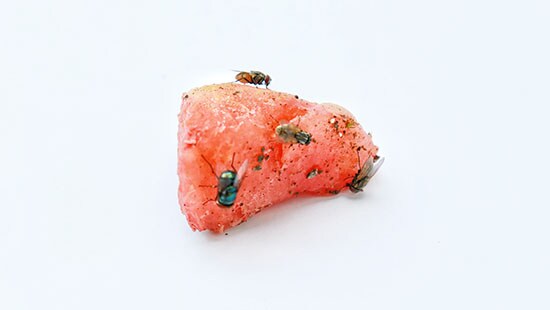Ecolab Sub-Saharan Africa Headquarters
1 Ampère Road, Chloorkop,
Edenglen, Johannsburg, South Africa 1624
Please contact us via calling +27(0)11-578-5000 or by sending an email and an Ecolab representative will get back to you. Send mail to P.O. Box 8074, Edenglen, 1613.
For a Customer Services related query, please contact our Customer Services department directly on +27(0)11-578-5100
In case of a chemical spill emergency contact: 0800-1-72743
